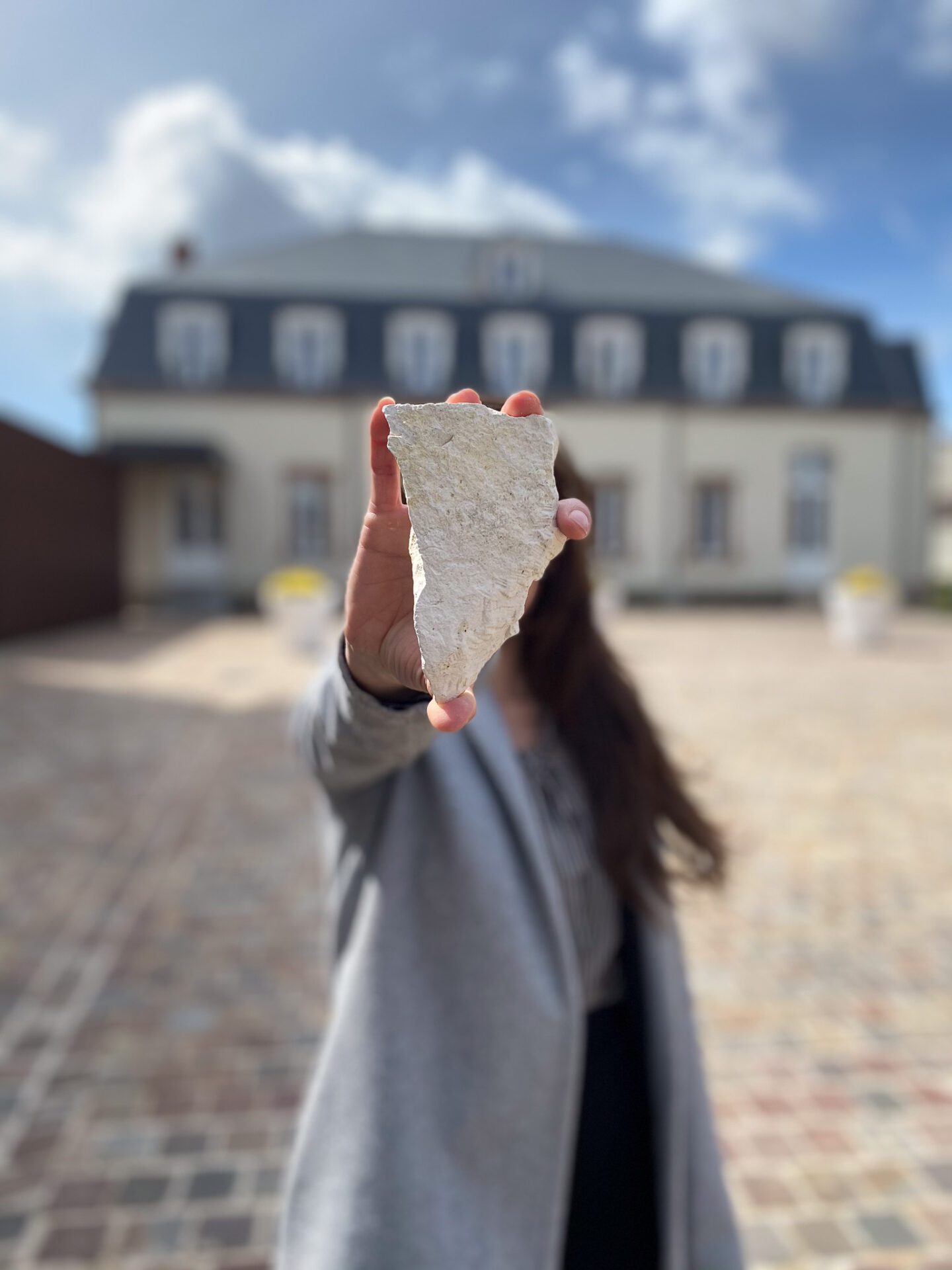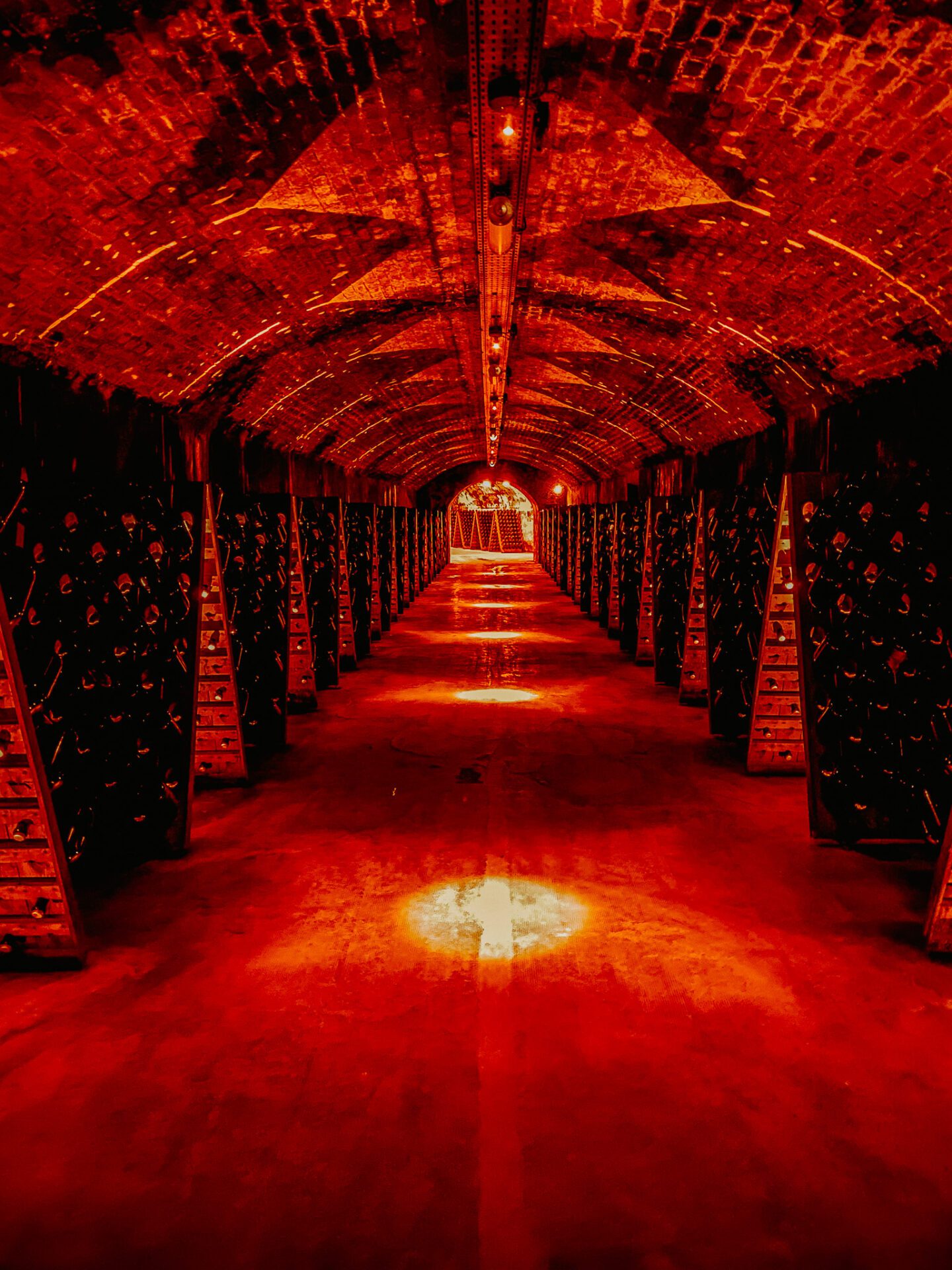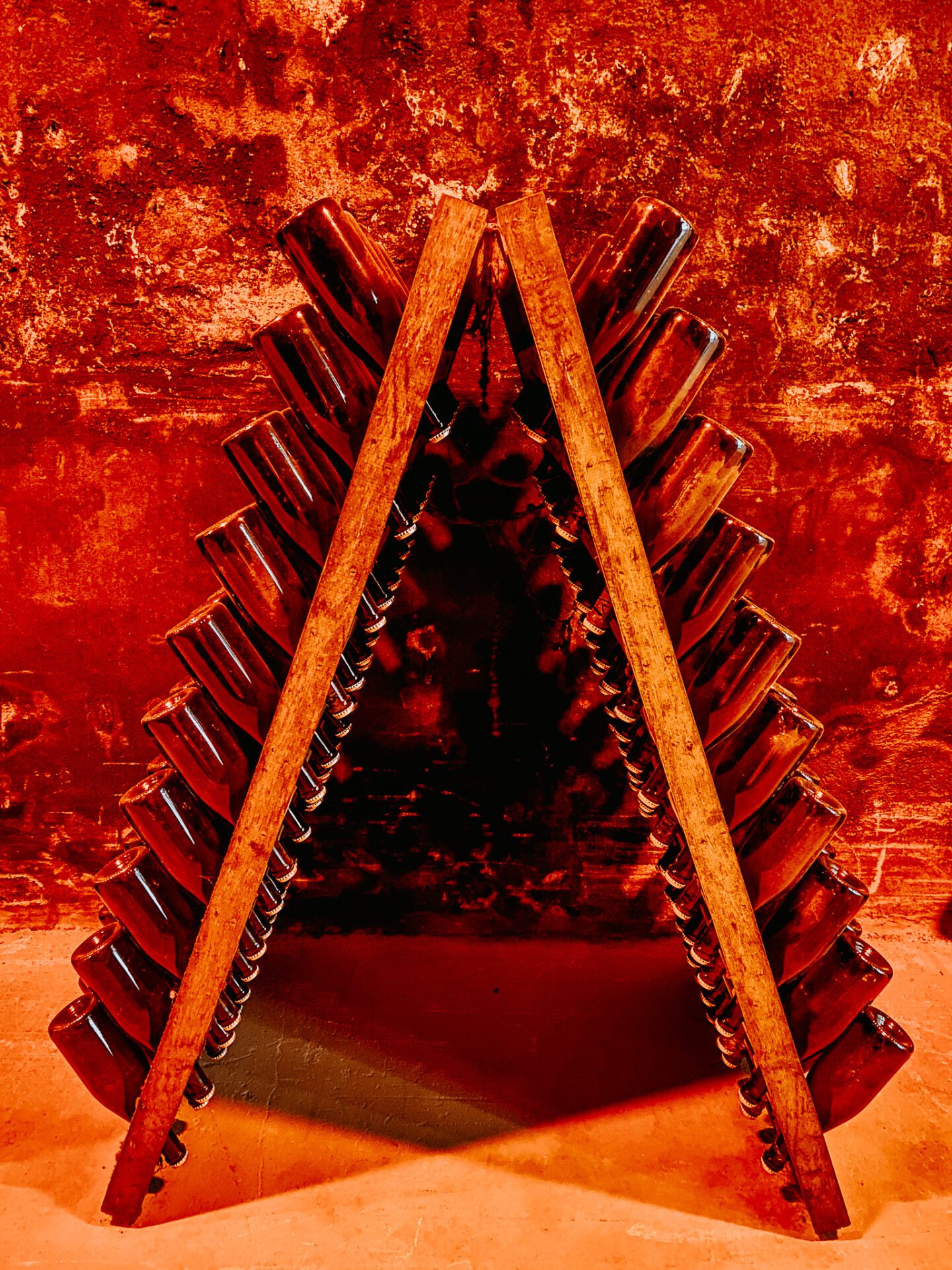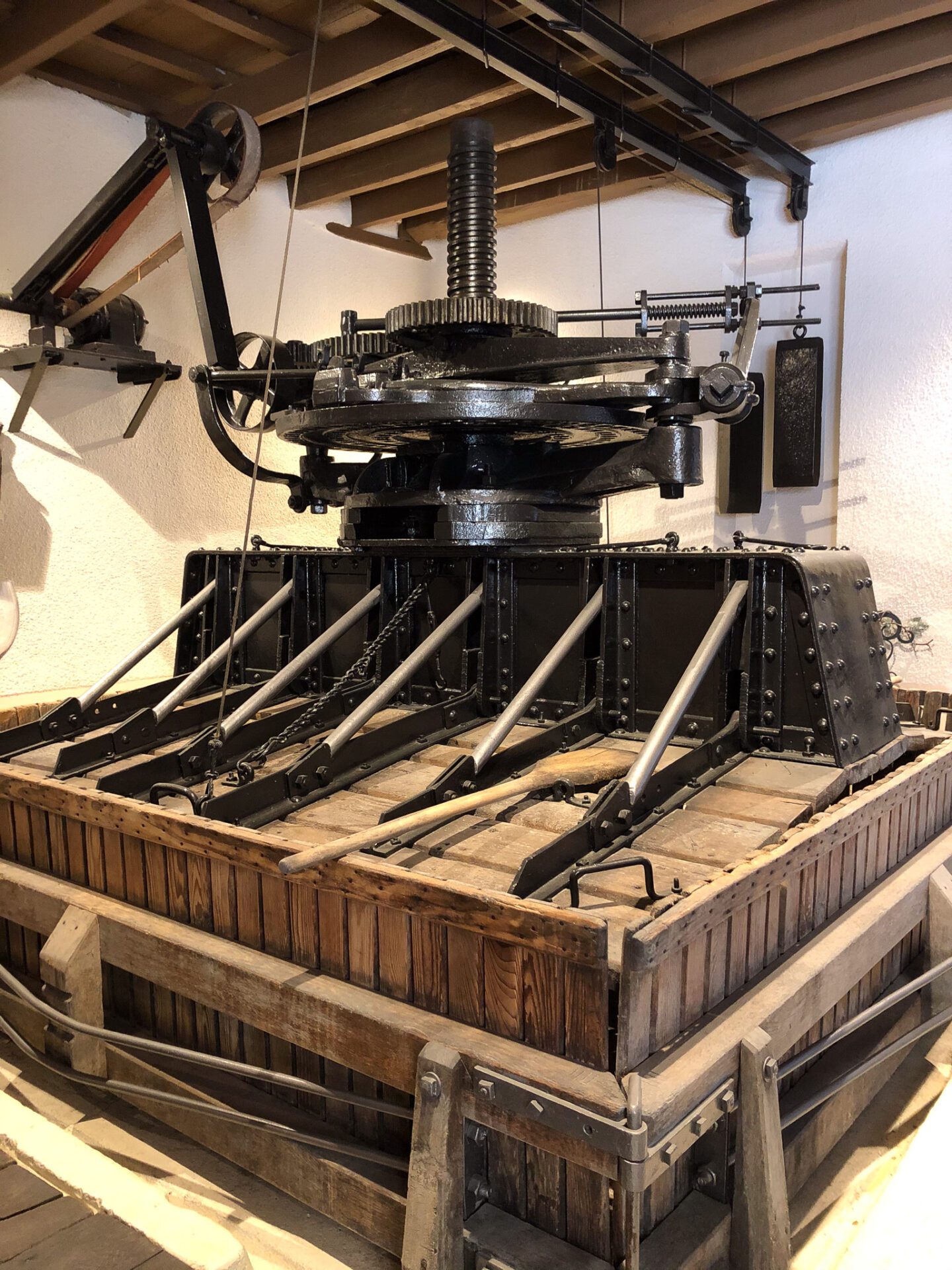
Whether you are a seasoned traveler or a novice venturing into wine tourism, a trip to Champagne, the famed wine region in the heartland of France, is a rite of passage for all wine lovers. Renowned worldwide for its sparkling wine – none other than the eponymous Champagne – this region offers an unforgettable experience blending rich history, exceptional landscapes, and of course, exquisite taste. Before setting foot in this enchanting terrain, let’s equip ourselves with some essential champagne education to make the most out of your champagne tours.
Understanding Champagne
Champagne is more than just a sparkling wine; it’s a symbol of luxury and celebration. The magic of champagne lies in its unique production method – Méthode Champenoise. Unlike other wines, Champagne undergoes a second fermentation in the bottle, which creates its signature bubbles. Remember, a sparkling wine can only be termed ‘Champagne’ if it’s produced within the Champagne region and follows stringent production rules.
The Three Grape Varieties
Champagne primarily uses three grape varieties: Chardonnay, Pinot Noir, and Pinot Meunier. Blanc de Blancs Champagne is exclusively made from Chardonnay grapes, offering a light, fresh taste, while Blanc de Noirs, made from either Pinot Noir or Pinot Meunier, is richer. The most common type, however, is a blend of all three, balancing the individual grape characteristics.
The Champagne Houses and Growers
In the Champagne region, there are over 100 Champagne Houses and 19,000 smaller vine-growing producers. The Champagne Houses, like Moët & Chandon or Veuve Clicquot, are globally recognised, producing millions of bottles annually. On the other hand, grower Champagnes, often recognised by the initials ‘RM’ on the label, are smaller-scale, family-owned vineyards offering unique, artisanal experiences.


The Terroir: Champagne Soils
Understanding Champagne requires an appreciation of terroir, the unique combination of geography, geology, and climate that affects the taste of the wine. In Champagne, the soil is primarily composed of chalk, limestone, and marl. This chalk-rich soil serves multiple purposes. It provides excellent drainage, ensuring the vines’ roots stay healthy even in wet weather. During periods of less rainfall, the chalk retains moisture to nourish the vines. Moreover, the white chalk also reflects sunlight, providing extra warmth for the grapes to ripen. This unique terroir gives Champagne its distinctive minerality and crisp acidity.
The Méthode Champenoise: How Champagne is Made
Champagne’s unique production method, known as Méthode Champenoise or traditional method, is a painstaking and time-consuming process that contributes to the sparkling wine’s prestige. It starts with primary fermentation to produce a still wine known as the base wine. Next, the base wines are expertly blended, a process called assemblage. The blend is then bottled with a mixture of yeast and sugars, triggering the second fermentation in the bottle, which creates the effervescence.
Post-fermentation, the bottles are aged on lees (dead yeast cells), adding complexity and richness to the Champagne. After aging, a process called riddling is performed, where bottles are gradually tilted and turned to move the sediment towards the bottle neck. Finally, the sediment is removed in a process known as disgorgement, after which a small amount of dosage (sugar solution) is added before the bottle is corked and caged. This final addition determines the sweetness level of the Champagne.

Styles of Champagne
There’s a wide range of Champagne styles to cater to various palates:
- Non-Vintage (NV): This is the most common type, made with a blend of wines from different years to maintain a consistent house style.
- Vintage: Made from a single year’s harvest, Vintage Champagne is only produced in exceptional years. They showcase the unique character of that particular year and have aging potential.
- Rosé: This pink-hued Champagne can be made in two ways: either by blending a small amount of red wine to the base wine or by skin contact method, where the juice of the black grapes is allowed to macerate with the skins for a short time.
- Prestige Cuvée: This is the top offering from a Champagne house, often a vintage Champagne. Prestige cuvées are made from the best grapes from the best vineyard sites.
- Blanc de Blancs: Made exclusively from Chardonnay, this style tends to be lighter, with crisp acidity.
- Blanc de Noirs: Made from Pinot Noir, Pinot Meunier, or a blend of both, these are typically richer and have more depth.
Understanding these nuances can transform your champagne travel from a simple tasting tour into a profound, immersive experience in oenology, further enriching your Champagne education.
Tasting Champagne
No champagne education would be complete without discussing the tasting process. When tasting Champagne, look for the bubbles’ finesse, the color, aroma, and finally, the taste. Swirl it gently, sniff the bouquet of aromas, and then take a sip to relish the complex flavors.
For many years, the long, slender flute has been the go-to glassware for serving champagne. However, if you truly want to appreciate the intricate nuances of Champagne, I suggest avoiding the flute. While it’s excellent for showcasing the wine’s effervescence and making ‘cheers’ at celebrations, the narrow opening of a flute restricts the release of the wine’s full aromatic spectrum. Instead, a tulip glass or even a white wine glass, which both have a broader bowl and narrower top, allows the aromas to collect and concentrate before reaching your nose. This way, the complex characteristics of the Champagne can be more fully appreciated during tasting.
Visiting Champagne from Paris
Getting to the Champagne region from Paris is an easy trip, approximately a 90-minute drive or train ride. This proximity makes it perfect for day trips if you’re based in the city. Still, an overnight stay in towns like Reims or Épernay will allow you to fully immerse yourself in the culture and history of this wine-growing region. For more travel tips, see my article “How to Visit Champagne from Paris: 8 helpful tips to getting the most out of your trip”
Champagne Tours
Champagne tours are an excellent way to delve deeper into the champagne-making process, walk through the sprawling vineyards, and explore the extensive cellars, often aged more than a century. Each tour is unique, varying based on the size of the production house, its history, and the specific tasting experiences it offers.
The Champagne region offers a diverse array of tour options that cater to various preferences and budgets, enhancing your Champagne education at every level. For the luxury seeker, many prestigious Champagne houses and private agencies offer exclusive tours, where you can explore their historic estates, dine in grand chateaus, and taste their finest vintage cuvées. If you prefer a more personalized experience, bespoke tours take you off the beaten path to discover hidden gems. These tours provide an intimate exploration of lesser-known vineyards, meeting with winemakers, and tasting exceptional grower Champagnes. Day trips from Paris are popular among travelers who are short on time. These tours usually include visits to a couple of wineries and sightseeing in historic towns like Reims or Épernay. Lastly, bus tours with large groups offer a fun, sociable atmosphere. They’re often more budget-friendly, covering multiple Champagne houses in a day. Whether you desire luxury or seek authenticity, there’s a Champagne tour tailored to fit your Champagne travel dream.
In essence, Champagne is not merely a drink, but an experience. As you plan your trip to the Champagne region, remember that the magic of Champagne is rooted in its tradition, the people who create it, and the land from which it originates. Whether it’s your first glass or you’re a long-time enthusiast, every tour and tasting is an opportunity to learn something new, making your Champagne adventure a continuous journey.